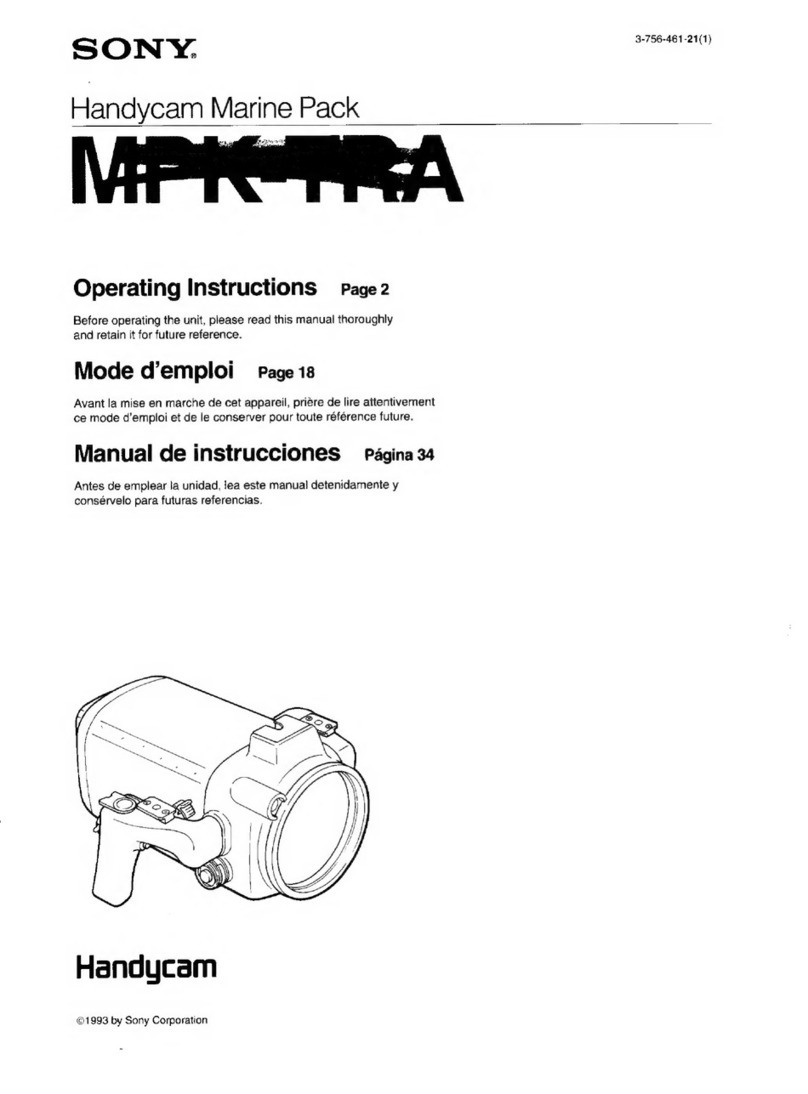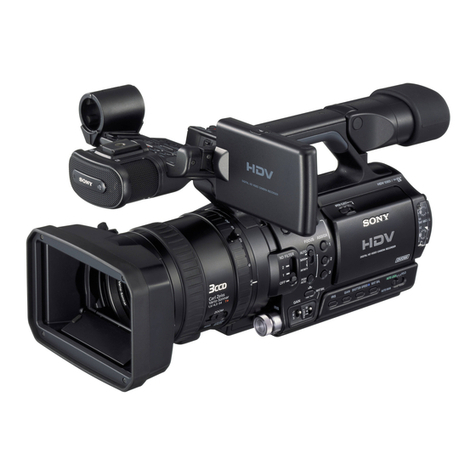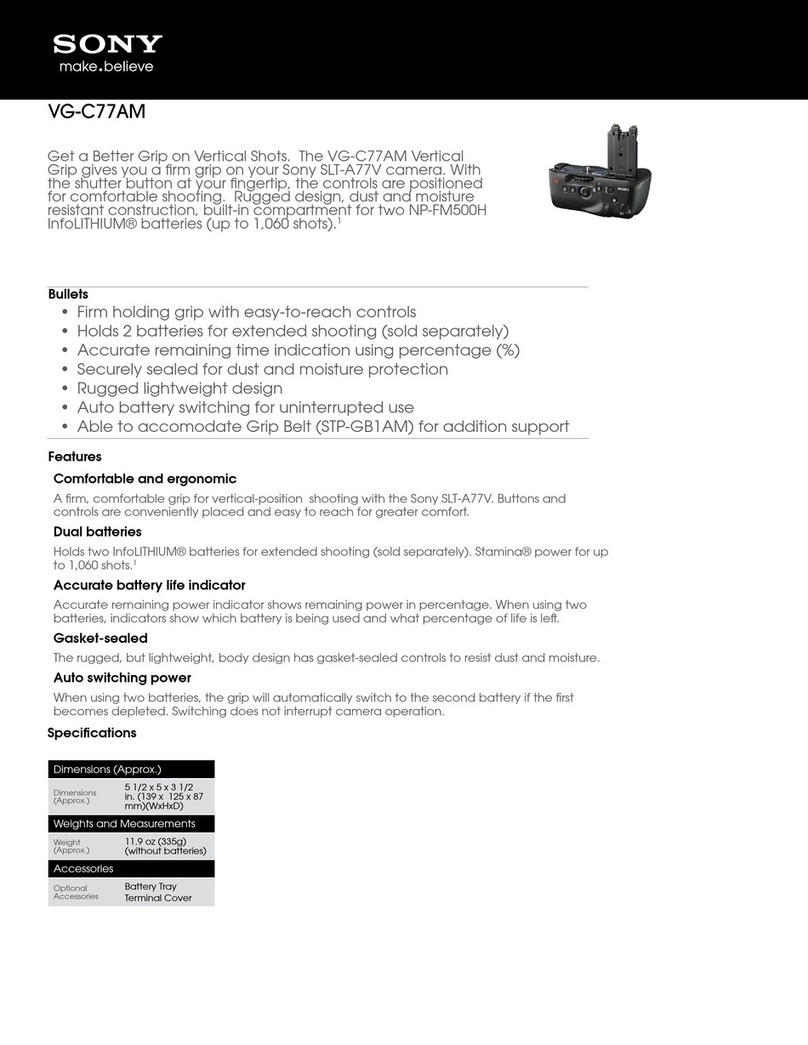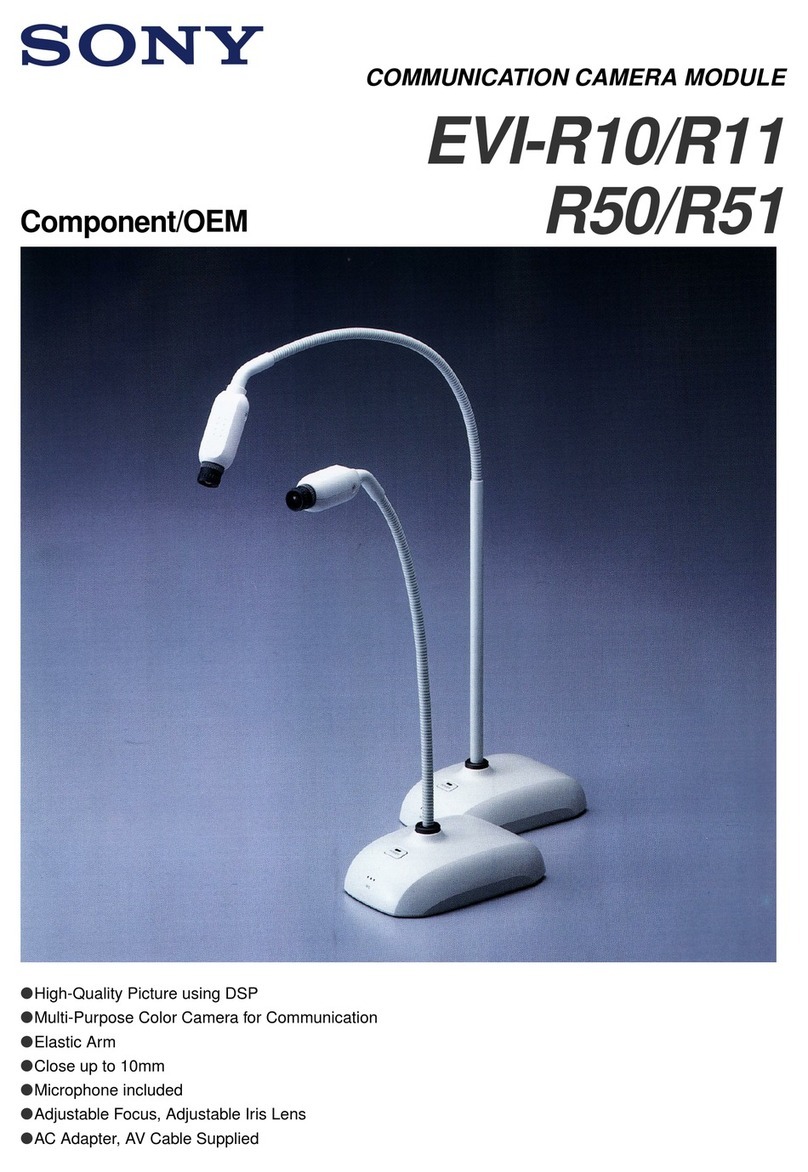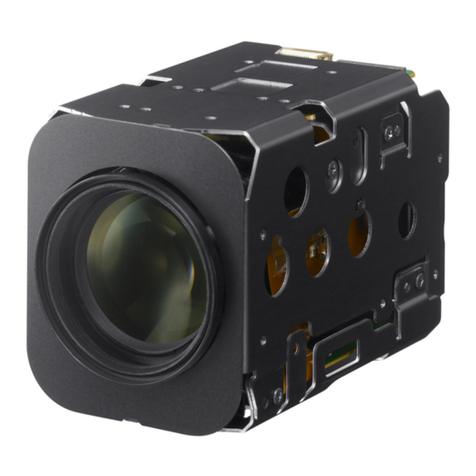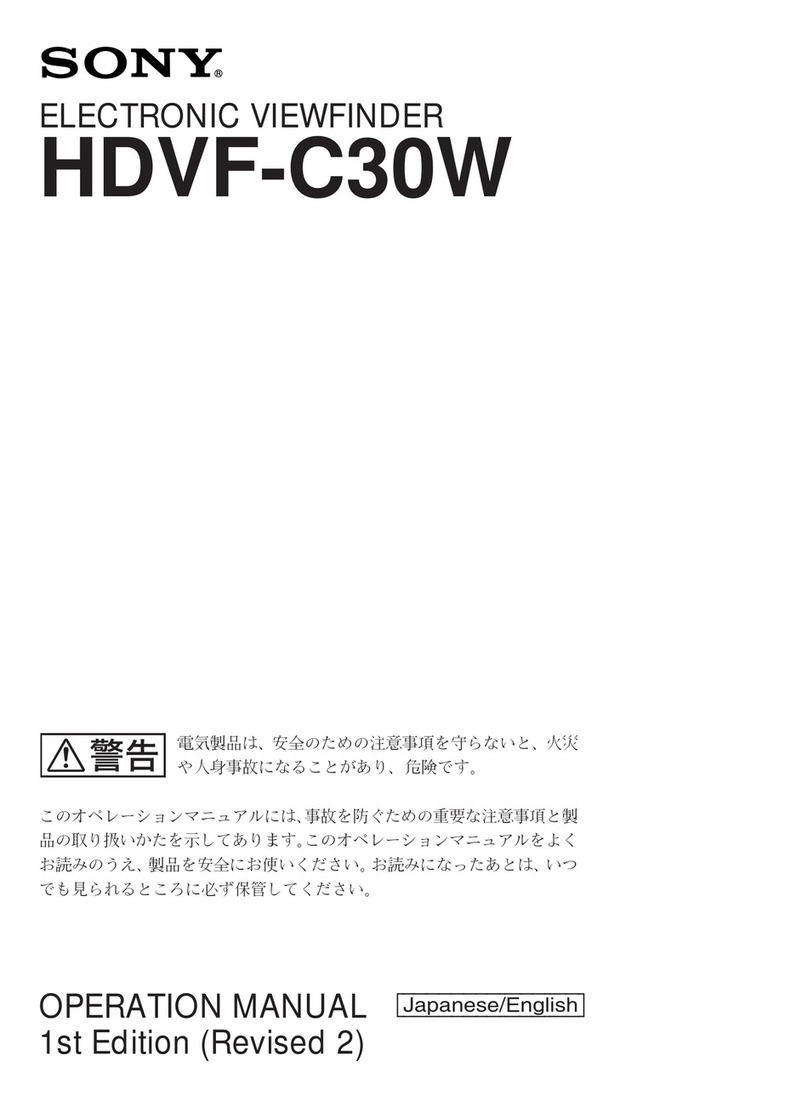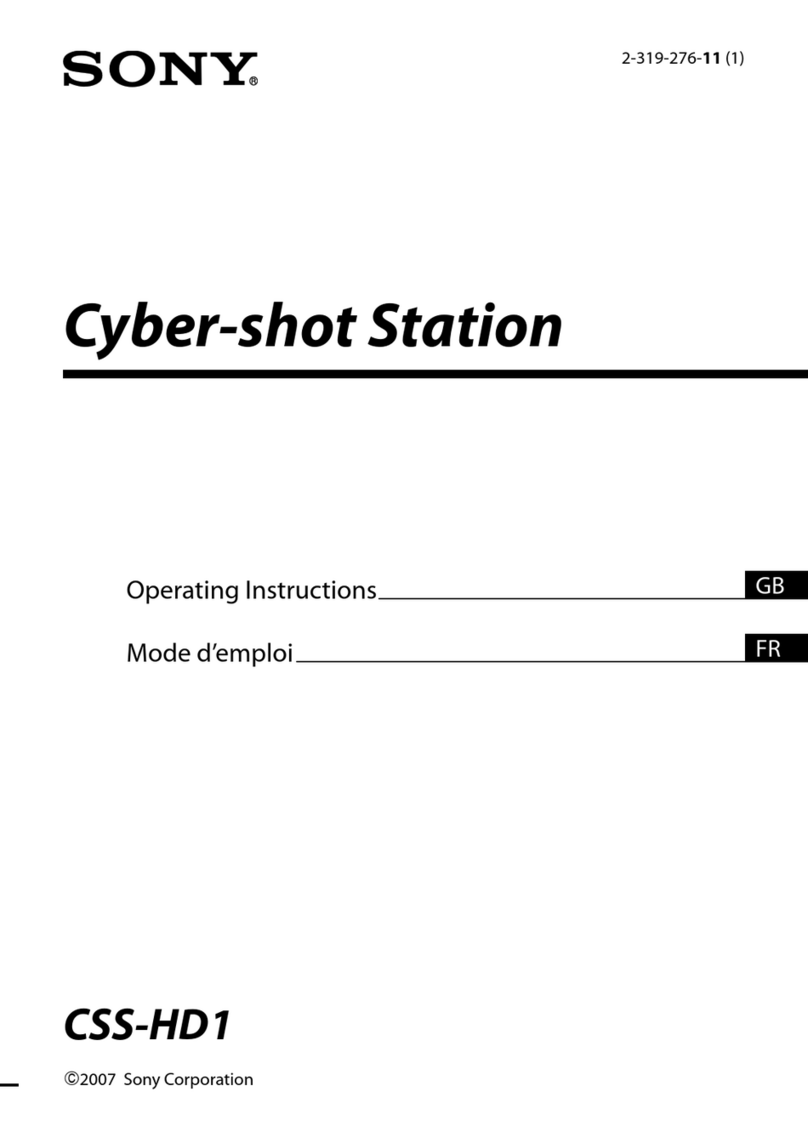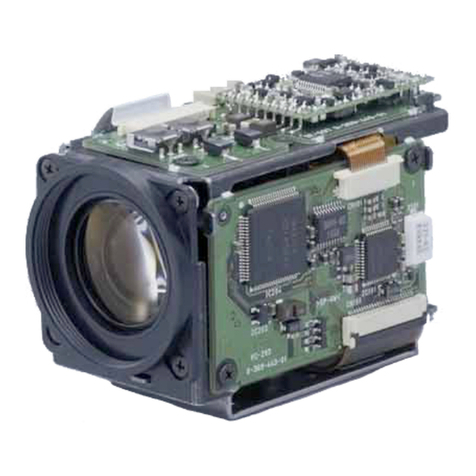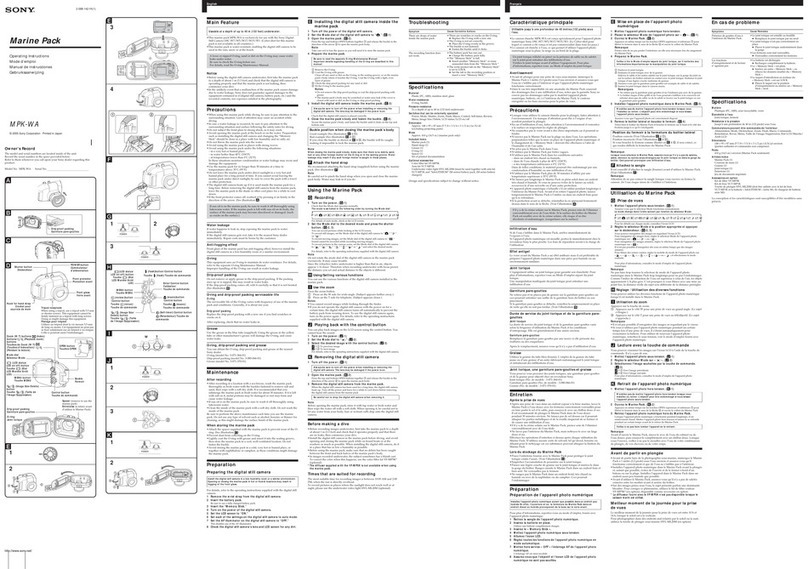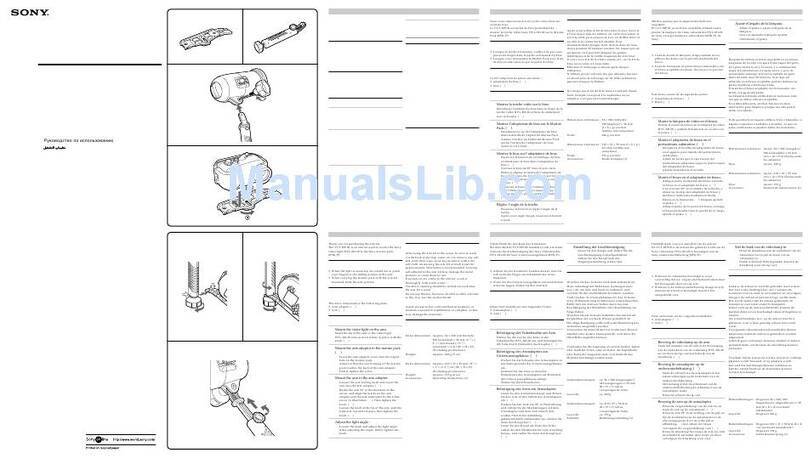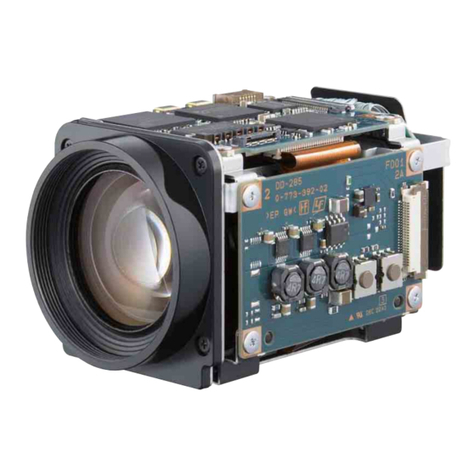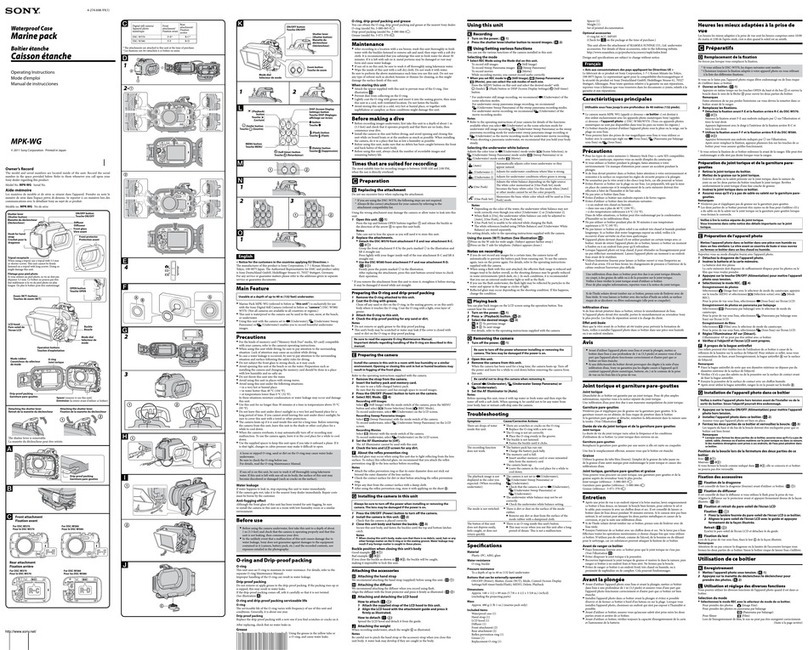
2
Table of Contents
Overview
Main Features ........................................................ 3
System Components .............................................. 4
Connection Diagram ............................................. 5
Location and Function of Parts and Operation .. 6
Front/Top/Bottom ............................................... 6
Rear .................................................................... 6
Installation ............................................................. 7
Fitting the lens .................................................... 7
Connecting the camera cable ............................ 7
When power supply from the IEEE1394b
connector is insufficient ................................... 7
Notes on Operation ................................................ 8
Phenomena Specific to CMOS Sensors ............... 8
Strobe/GPIO Circuit ............................................. 9
Functions
Shutter .................................................................. 10
Trigger .................................................................. 10
Trigger Polarity ................................................... 10
Trigger Delay ....................................................... 10
Trigger Mode ....................................................... 11
Strobe Control ..................................................... 11
GPIO ..................................................................... 11
Memory Channel ................................................. 11
User Free Memory ............................................... 11
Broadcast Command ........................................... 12
1394 Bus Synchronization .................................. 12
Gain ...................................................................... 12
Brightness ............................................................. 12
Gamma ................................................................. 12
Pan ........................................................................ 13
Image Buffer (Memory Shot) ............................. 13
Partial Scan .......................................................... 14
Pseudo-Binning Mode ......................................... 15
16-bit Mode .......................................................... 15
Image Correction ................................................. 15
Flipping images horizontally and vertically ...... 15
Control
Camera Command Status Register ................... 16
ConfigurationROM ............................................. 17
Control Base Address .......................................... 19
Inquiring about Supported Video Modes ......... 19
Video Mode Settings (S800/S1600) .................... 19
Starting/Stopping Video Transfer
(ContinuousShot) ................................................. 19
OneShot, MultiShot and ImageBuffer .............. 20
Control of IIDC Standard Features ...................21
The formula for absolute value shutter control
register address ...............................................22
Control of IIDC Optional Features ....................23
Control of Sony’s Unique Features ....................24
Displaying the Test Chart .................................24
User Free Memory ............................................24
Vertical Stripe Correction .................................24
Blemish Correction ...........................................24
Shading correction ............................................25
Flipping Images Horizontally and Vertically ....26
Bus Synchronization .........................................26
Memory Shot ....................................................26
Notes on the Camera Operations .......................27
If Frame Rate Decrease Occurs ........................27
When Using Trigger Mode ...............................27
Increase in White Flecks and Noise .................27
Pseudo-binning mode sensitivity ......................28
Shutter Speed and Image Quality Assurance ...28
Performance Assured Visual Output ................28
Power Consumption ..........................................28
Specifications
Specifications ........................................................29
Video Modes Supported ......................................30
Appendix
Spectral Sensitivity (Relative Response)
Parameters ............................................................32
Dimensions ............................................................33
